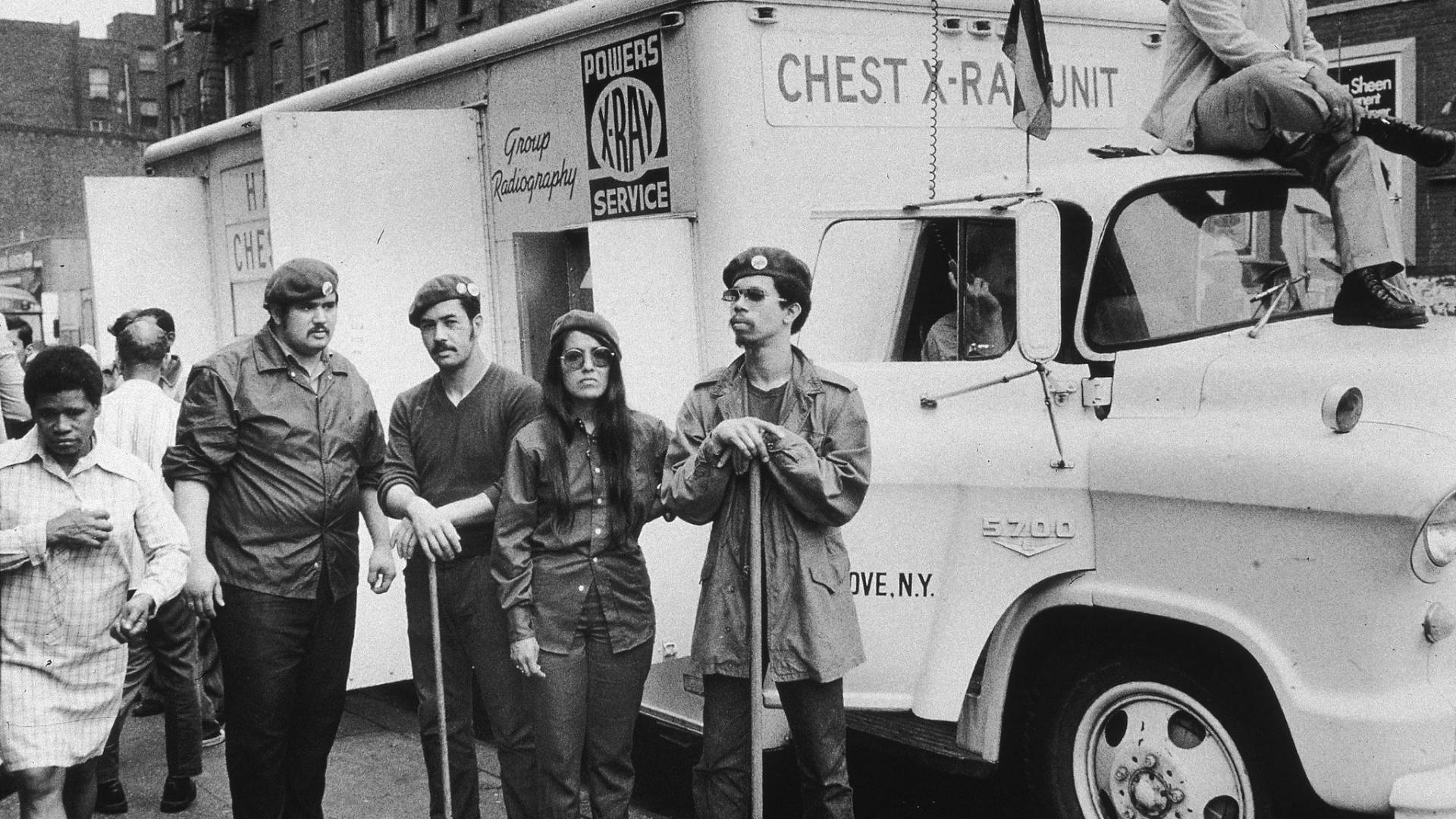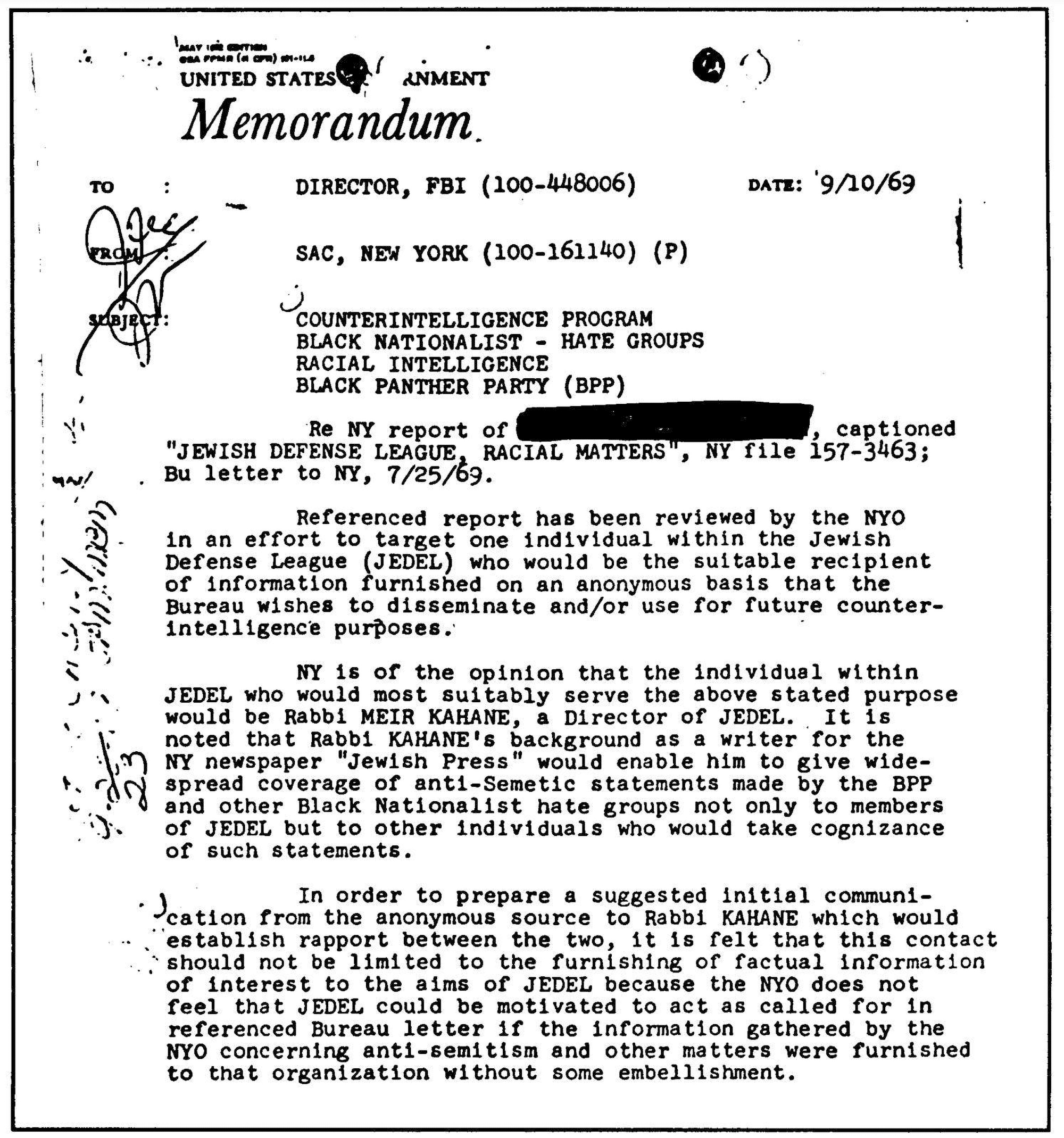In response to the police murder of George Floyd in May 2020, many medical schools across the country held public demonstrations organized around the hashtag #WhiteCoats4BlackLives. An entire industry of DEI workshops emerged to help professionals in medicine “unlearn racism.” Racism under this framework, however, was individualized, and the exploitative social and economic systems producing it remained untouched. A year later, the original co-founders of White Coats for Black Lives (WC4BL) put out a statement clarifying that as an anti-racist organization, it is also obligated to be anti-capitalist and anti-imperialist. After October 7, WC4BL proudly declared that it “has long supported Palestine’s struggle for liberation,” following in the footsteps of the long anti-imperialist legacy of the Black radical tradition.
Immediately the organization was smeared as driving ‘antisemitism’ on campuses across the country. An op-ed in the New York Post asked, “How could a Jewish patient ever trust a medical trainee or professional who subscribes to such blatant antisemitic hatred?” When Professor of Medicine Dr. Rupa Marya questioned the presence of Zionist doctors and “Zionism in U.S. medicine,” UC San Francisco immediately released a statement condemning its employee’s post as antisemitic: “Both Jewish and non-Jewish people see the use of the word ‘zionist’ in this debunked narrative as an anti-semitic attack.”
By stressing the physician’s role in addressing structural racism, capitalism, and imperialism, WC4BL made massive inroads into transforming American medical culture, finally pushing the profession leftward after decades of neoliberalism from professional organizations that approached racial difference mostly in terms of representation. Yet in a large moment of global solidarity with the Palestinians in Gaza, anti-racist activists in medicine are being smeared as antisemitic for their support of Palestine. This phenomenon of ruling-class institutions projecting antisemitism, a right-wing ideology, onto anti-racist organizations is not new. Our archival research has uncovered a remarkable story with many parallels to today’s movement to confront Zionism in medicine.
The Lincoln Collective
In the summer of 1970, a group of politically conscious medical school graduates decided to martch into the Pediatrics program at Einstein Medical College. They called themselves the Lincoln Pediatrics Collective after Lincoln Hospital in the South Bronx, staffed by the nearby Einstein College of Medicine. After recruiting like-minded trainees from across the country, the collective worked with local community groups — in particular, the Black Panthers and the Young Lords, both of which advanced the radical notion that public services should actually serve the public — to enact direct democratic control of health care at their place of work. Offering programs including lead screenings and door-to-door health screenings, community control meant the inclusion of patients and workers in decision-making processes such as leadership and hiring practices at the under-resourced hospital, which was known colloquially as the “butcher shop.” While the head of the pediatrics program, Dr. Arnold Einhorn, was initially enthusiastic about the program, he soon found himself at odds with the collective over their differing interpretations of “community control.” Einhorn repeatedly refused collaborations with the Black Panthers and Young Lords, calling them “racist” and implying they were fringe. Tensions escalated after the Young Lords staged a takeover of Lincoln Hospital that July, bringing widespread media attention to the hospital’s administrative failures and its racist, classist practices. Soon, Einhorn’s superiors had to choose between Einhorn and the Lincoln Pediatrics Collective, which was now backed by the Lincoln Hospital workers and the South Bronx community. After tense negotiations, Einhorn was ultimately transferred to another hospital. By the fall of that year, he was replaced by Dr. Helen Rodríguez Trías, a Puerto Rican, Bronx-born pediatrician whose candidacy was endorsed by the collective.
Weeks later, a leaked statement by officials at Einstein initially published by the New York Post framed Einhorn’s dismissal as the result of “political” and “ethnic” disagreements, sparking protests and significant media coverage. The New York Times reported that the language about ethnicity was included in the agreement “at Dr. Einhorn’s insistence.” Still, The Times’ coverage painted Einhorn as a respected pediatrician who was ousted because of his Jewish background. The paper paid comparatively little attention to the concerns of the primarily Black and Puerto Rican populations of the South Bronx who were underserved by Lincoln or to the fact that many physicians in the collective were also Jewish. The Jewish Defense League (JDL), a right-wing vigilante group founded by former FBI informant and militant far-right Zionist Meir Kahane, conducted sit-ins at Einstein Medical College demanding Einhorn’s reinstatement. These demonstrations permanently damaged the image of the Lincoln Collective and resulted in major donors pulling their funding.
In White Coat, Clenched Fist: The Political Education of an American Physician (1976), an account of the controversy by Fitzhugh Mullan, a physician and member of the Pediatric Collective, Mullan clarifies the media’s role in levying false charges of anti-Semitism against the Pediatric Collective:
*The papers tended to characterize the situation as a confrontation between ‘radicals’ and a dedicated pediatrician who had been inexplicably ‘overthrown.’ At one point The New York Times ran a biographical sketch of Dr. Einhorn, billing him as a Resistance hero who had devoted his career to the care of poor children. Who, the sketch seemed to ask, could possibly quarrel with such a man? And inevitably [The New York Times] and [New York Daily News] came to Einhorn’s defense editorially, deploring the racism and weakness of Einstein and the insubordination of the pediatrician’s underlings—the Collective. Alone among the papers, the Post attempted to explore the many facets of the situation that led to Einhorn’s dismissal. But even then the intricate questions of community control and department leadership tended to pale beside the electrifying and intriguing fact of an apparently racial firing.
And that, to those of us who knew the Lincoln situation well, was the most perplexing and disturbing question. Where had the issue of anti-Semitism come from? Who had publicized it and why?*
Behind the scenes, the FBI’s Counterintelligence Program (COINTELPRO) was hard at work, using psychological warfare to discredit leftist organizations. In the context of growing New Left support for Palestine following the 1967 Six-Day War, the FBI sought to fracture bonds of solidarity between Jewish and other communities, amplifying racist narratives that blurred the line between anti-Zionism and antisemitism. This strategy included anonymous mailing campaigns and fabricated anonymous letters intended to provoke Zionists like Kahane to attack the Panthers. These efforts led to increased mobilization by Zionists, mainstream media, and the police against socialist-led community-control initiatives. As it turns out, Meir Kahane had a close relationship with Einhorn, who called the JDL and asked it to end the sit-ins. Kahane refused, replying, “We are not doing this for you … we are doing this because you symbolize Jewish rights.”
On January 23, 1971, under the headline “A Radical Threat to Medicine Seen,” The New York Times published an article about a study conducted by a “major American Jewish human rights organization” showing that “a growing radical leftist movement within the medical profession posed a threat of ‘disruption and instability’ for medical and social service institutions.” That organization was, of course, the Anti-Defamation League (formerly known as the Anti-Defamation League of B’nai Brith), whose misrecognition of “Jewish rights” as “the right to monopolize the definition of hate crime” has augured federal legislation — and state repression of the pro-Palestine movement — for decades. The ADL named four groups, including the Black Panthers and the Young Lords, that were, in their words, “committed to radical change.”
Today, The Times’s alarmist headline reads as a call to action for medical students. We too must become a radical threat to the establishment by setting as our highest goal the health of our communities, of the working classes, and of all the oppressed peoples of the world.




